How would I rectifiy problem of foundation wall cracks with finished basement?
I have a cinderblock foundation in my house built in central east Ontario in 1983. In 1999 I finished the basement, with tar paper against the cement wall, then studs and four inches of batt insulation and then a vapour barrier and drywall. Two years ago I noticed cracking on the exterior of some of the foundation blocks, where the interior walls had been insulated but not on a portion of the basement walls that were not finished on the interior. I have dug down about a foot on the exterior walls and there is no cracking evident below ground level, on any part of the foundation.
The interior walls are in good condition with no evidence of moisture or mold. I was going to have the foundation walls parged however I am looking for a longterm solution for this and want to make sure that I am addressing the actual underlying problem. Would I have to remove insulation, vapour barrier and drywall on interior basement wall and eventually refinish the interior walls of the basement in a different manner to rectifiy this problem longterm?








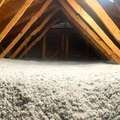
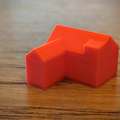



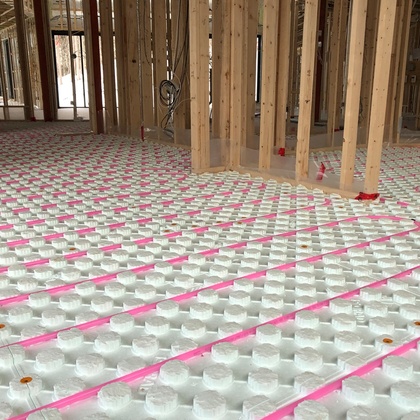
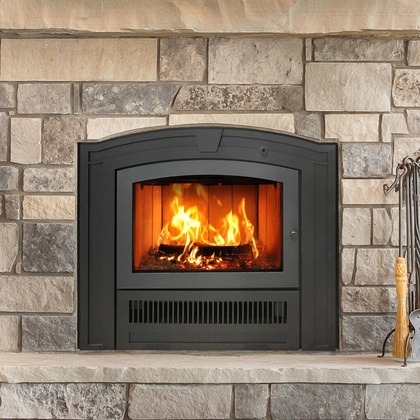

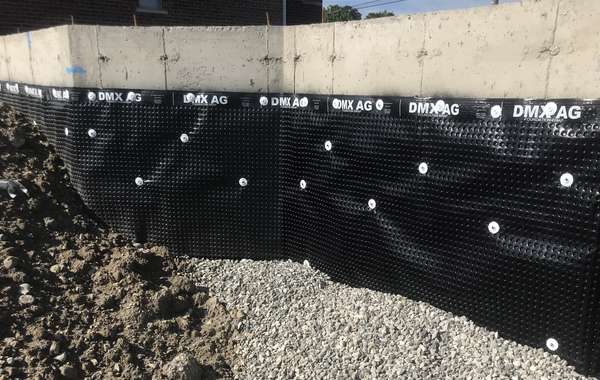
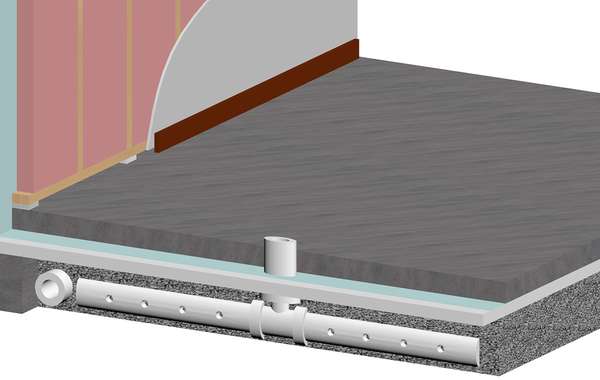
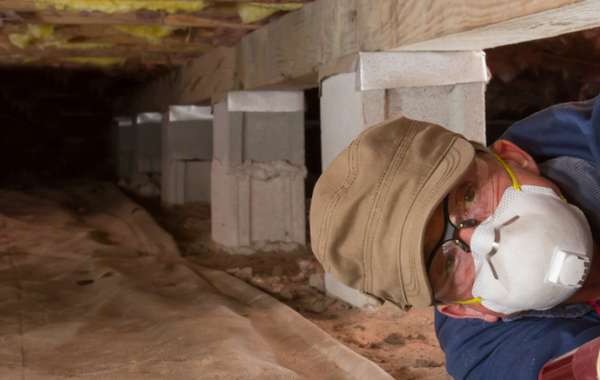
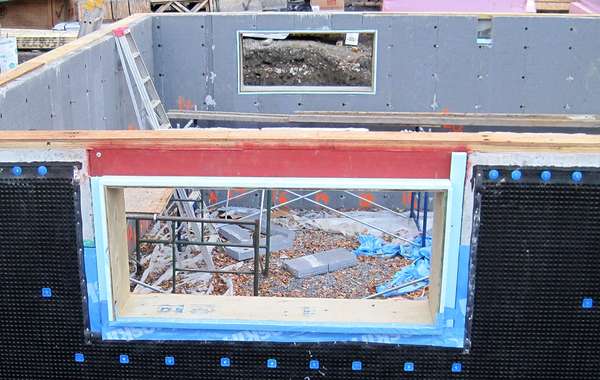
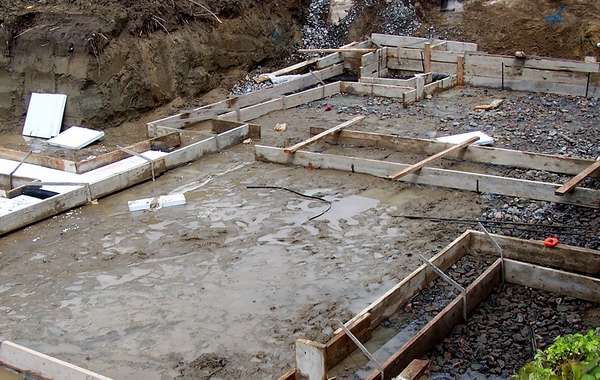
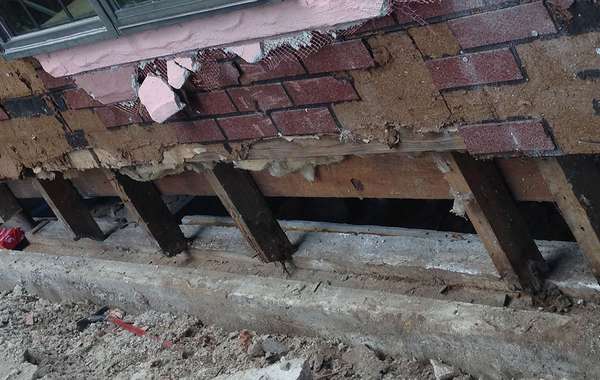
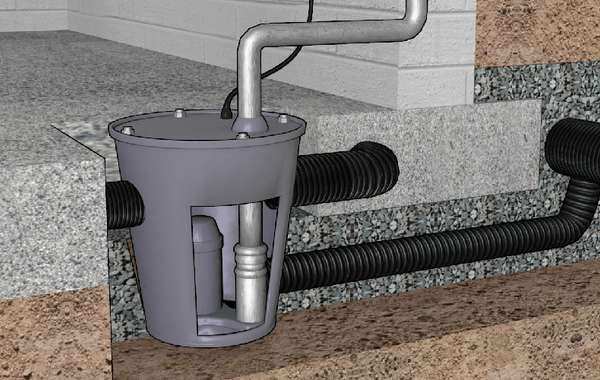
Insulating a cinder block (or CMU) foundation wall from the inside in cold climates is risky as it can cause cracking. A cinder block foundation wall is not as strong as poured concrete as it is only held together by the mortar between the blocks. So insulating it from the inside means you are changing the thermal conditions is has been accustomed to, and suddenly it will be subject to the seasonal freeze / thaw cycle. My guess is that is what happened.
How bad is the cracking? Is it anywhere close to being a structural problem? Before moving ahead with any more work it may be worth having a professional look at it to make sure it is safe. In order to stop the problem from happening again or getting worse, I think you would need to prevent the blocks from freezing again. I don’t imagine you want to remove all you have done to insulate the interior, so is there anyway you can work a bit on the exterior?
If so, I would propose the following – either get an excavator to dig down to below the frost line and install exterior rigid insulation, or, dig down a little bit, ad some insulation to the above grade portions and install a skirt insulation around the perimeter.
The skirt you can cover with dirt, and as for finishing the vertical wall portion, you could install either mineral wool or foam rigid insulation panels, read more here. On top of that you could apply a cement board that can be parged or left as is. Let me know if any of those options make sense.
To me I see the source of the problem with the foundation due to the use of the insulation and vapour barrier on the inside basement walls. If the walls were removed (including tar paper, insulation, vapour barrier and drywall) would this be the best solution? I am prepared to live with unfinished basement walls. If I chose to finish the walls, could I refinish with drywall only on the studs (no insulation or vapour barrier) and would that work to regulate the temperature of the block wall? I will look into getting an engineer to look at the foundation.
"To me I see the source of the problem with the foundation due to the use of the insulation and vapour barrier on the inside basement walls."
Agreed. The blocks are freezing in winter now when the didn't before, and you probably aren't noticing it below grade because its staying warmer.